If you ever wander through the sunlit streets of Lisbon, it’s easy to be swept away by the city’s pastel facades, the echoing tram bells, and the ever-present Atlantic breeze. But beneath your feet, hidden from the bustling surface, lies a world that most will never see—a network of ancient aqueducts silently weaving through the earth. These tunnels are more than just old stone and forgotten history; they are a testament to human ingenuity, persistence, and the desperate need for water that shaped the very soul of Lisbon. Few stories of engineering are quite as dramatic, or as enduring, as the tale of these subterranean veins that outlasted empires, earthquakes, and even the passing of time itself.
The Thirst That Built a City
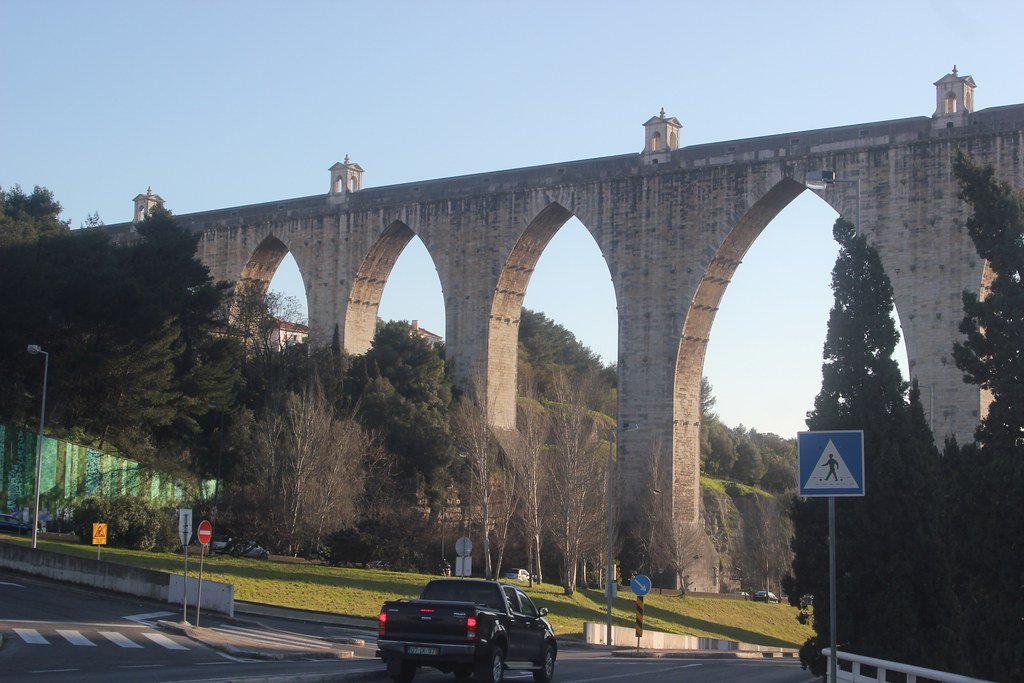
Lisbon’s subsoil secrets were born out of necessity. For centuries, the city’s residents struggled with a chronic shortage of fresh water. Positioned on hills and battered by salty winds, Lisbon’s wells often ran dry, leaving people to haul water from distant springs. By the early 18th century, the problem had become unbearable. Water wasn’t just a comfort; it was a matter of survival. The city’s leaders understood that without a reliable water source, Lisbon’s very future was at risk. So began the audacious project to bring water from faraway springs to the heart of Lisbon, a feat that required courage, vision, and a hefty dose of stubbornness.
The Birth of the Águas Livres Aqueduct
In 1731, King João V ordered the construction of the Águas Livres Aqueduct—a name that literally means “free waters.” This massive undertaking would become one of the era’s most ambitious public works. The project called for a network of underground tunnels and grand arches stretching over hills and valleys. The goal was to channel pure water from the springs of Caneças and other distant sources into Lisbon’s parched neighborhoods. The aqueduct was designed not only to be practical but also awe-inspiring, blending form and function in a way that few structures have managed since.
Engineering Feats Beneath the Surface
What makes Lisbon’s aqueducts so astonishing isn’t just their scale, but the way they were built. Digging tunnels through solid rock without modern machinery was a Herculean task. Workers used primitive tools—picks, shovels, and sometimes even their bare hands—chiseling their way through limestone and clay. They had to battle underground rivers, shifting earth, and the constant threat of cave-ins. Despite these dangers, the builders pressed on, guided by candlelight and sheer determination. The result was a web of tunnels, some wide enough for a horse-drawn cart, others so narrow only a single person could squeeze through. It’s hard not to feel a sense of awe for those who labored in the dark, carving a lifeline for generations yet to come.
The Iconic Arches of Amoreiras
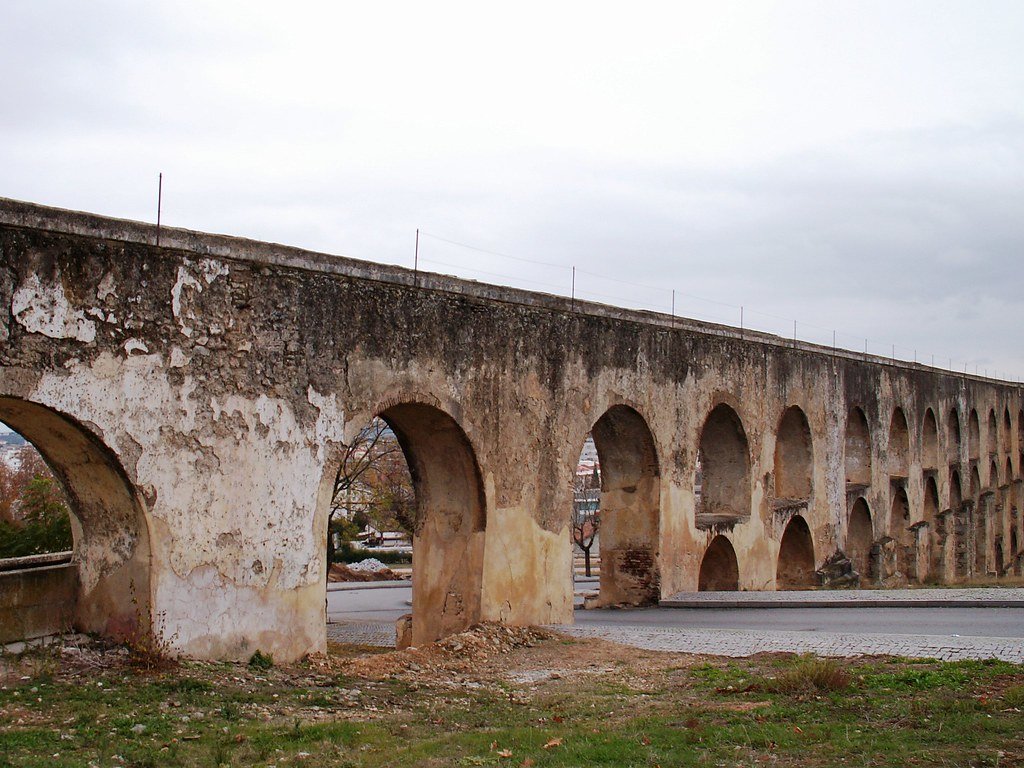
Above ground, the aqueduct announces itself with a breathtaking flourish—the soaring arches of Amoreiras. Towering up to 65 meters high, these stone giants march across the Alcântara valley in a show of raw power and elegance. For centuries, they have stood as a symbol of Lisbon’s resilience, surviving even the catastrophic earthquake of 1755 that leveled so much of the city. Walking beneath these arches today, you can’t help but feel a connection to the past, a reminder that true greatness often lies in the things we build to endure.
Hidden Tunnels and Lost Passages
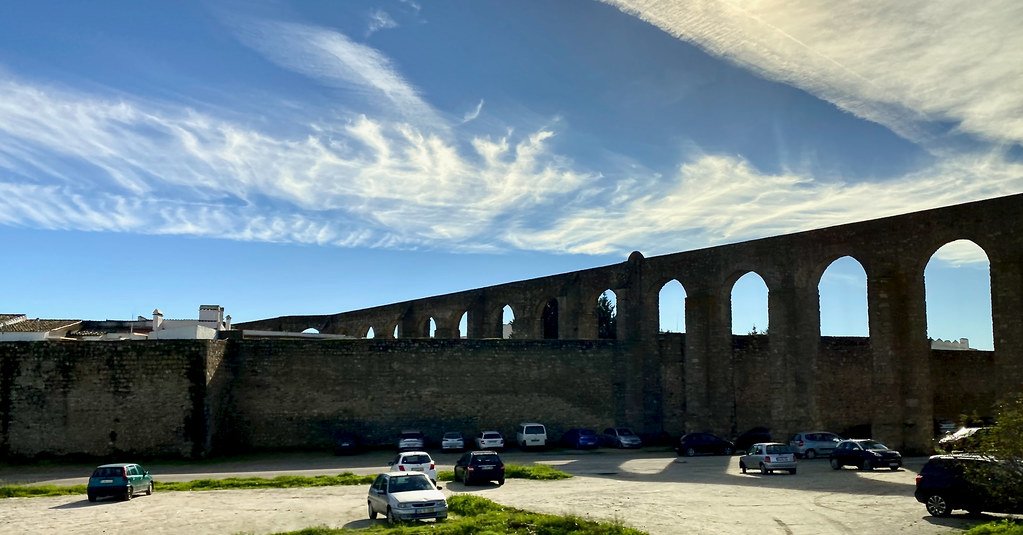
Beneath the city, the aqueduct branches into a labyrinth of tunnels, chambers, and secret passages. Some parts of this subterranean maze remain unexplored, their mysteries sealed by time and earth. Over the years, these tunnels have served many roles—shelters during wars, hideouts for outlaws, and, more recently, destinations for adventurous urban explorers. The silence underground is almost tangible, broken only by the distant trickle of water and the echo of footsteps. It’s a world that feels both ancient and alive, a reminder that history isn’t just something we read about—it’s something we walk above every day.
Gravity’s Mastery: The Science Behind the Flow
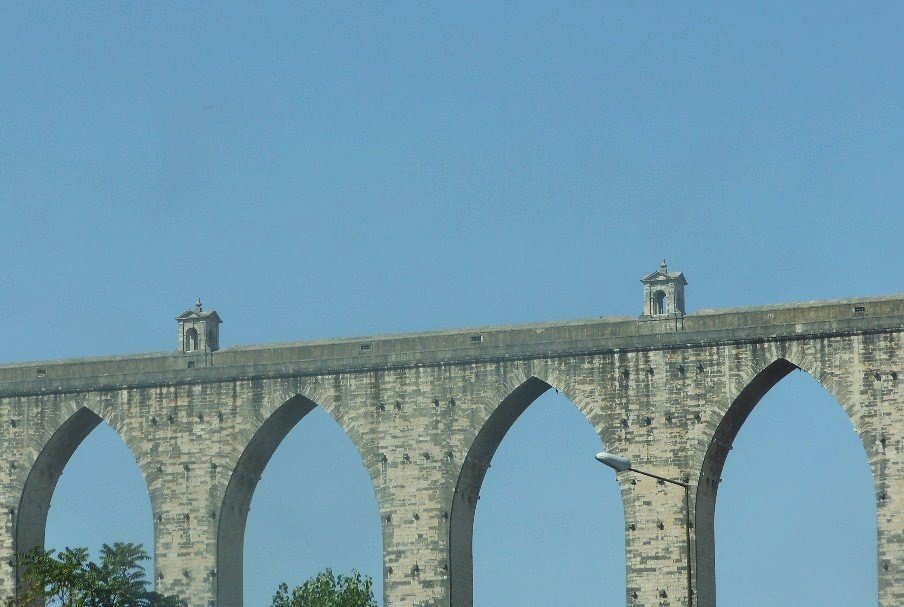
The genius of the aqueduct lies in its use of gravity. With just the right slope, water could travel for kilometers without the need for pumps or engines. Engineers calculated the gradient with remarkable precision, using simple tools like plumb lines and water levels. Even the smallest miscalculation could spell disaster, sending precious water seeping into the ground or stagnating in the pipes. That the aqueduct worked so flawlessly for centuries speaks to the incredible skill of its creators. It’s a lesson in how the simplest forces—when harnessed with care—can achieve the mightiest results.
Resilience Against Nature’s Fury
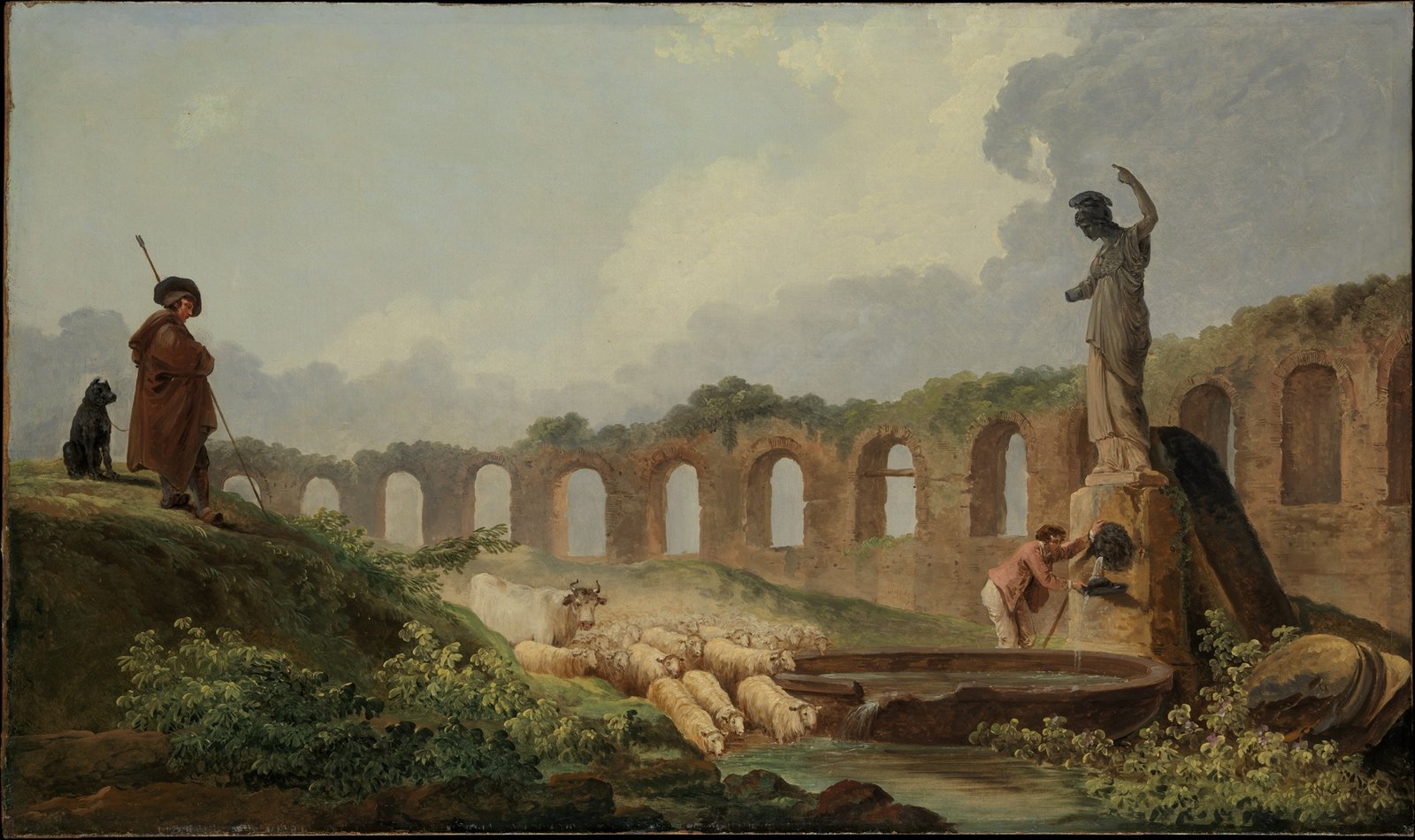
Lisbon’s aqueduct system was tested not just by time, but by nature’s wrath. The city’s infamous 1755 earthquake destroyed thousands of buildings, but the aqueduct’s sturdy arches withstood the shaking. Engineers had anticipated the dangers, reinforcing key sections and choosing flexible construction methods that allowed the structure to sway rather than crumble. This resilience turned the aqueduct into a symbol of hope in the aftermath, proof that human ingenuity could outwit even the fiercest tremors of the earth.
Ingenious Water Distribution
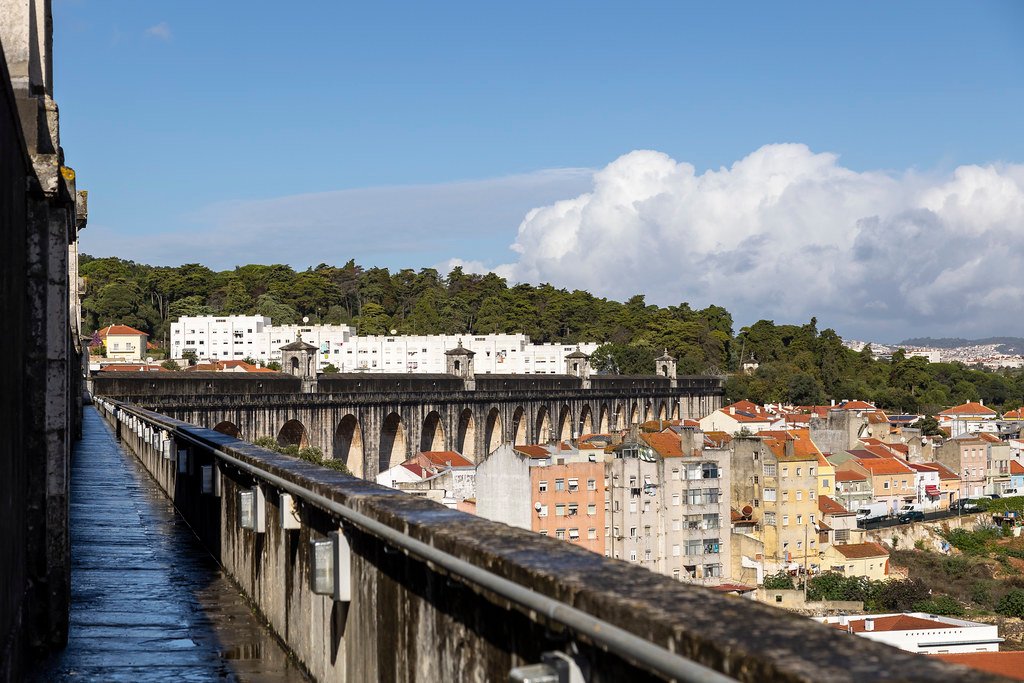
Getting water into the city was only half the battle—distributing it was another feat altogether. Once it arrived in Lisbon, the water was channeled through a network of underground cisterns, fountains, and public washhouses. Wealthier families could even pay for private connections, a status symbol that became the envy of neighbors. For ordinary Lisboetas, the appearance of fresh water at public fountains changed daily life, freeing people from the exhausting labor of hauling buckets for miles. Clean water helped curb disease and allowed the city to grow, fueling a new era of prosperity and culture.
Guardians of the Flow: The Aqueduct Keepers
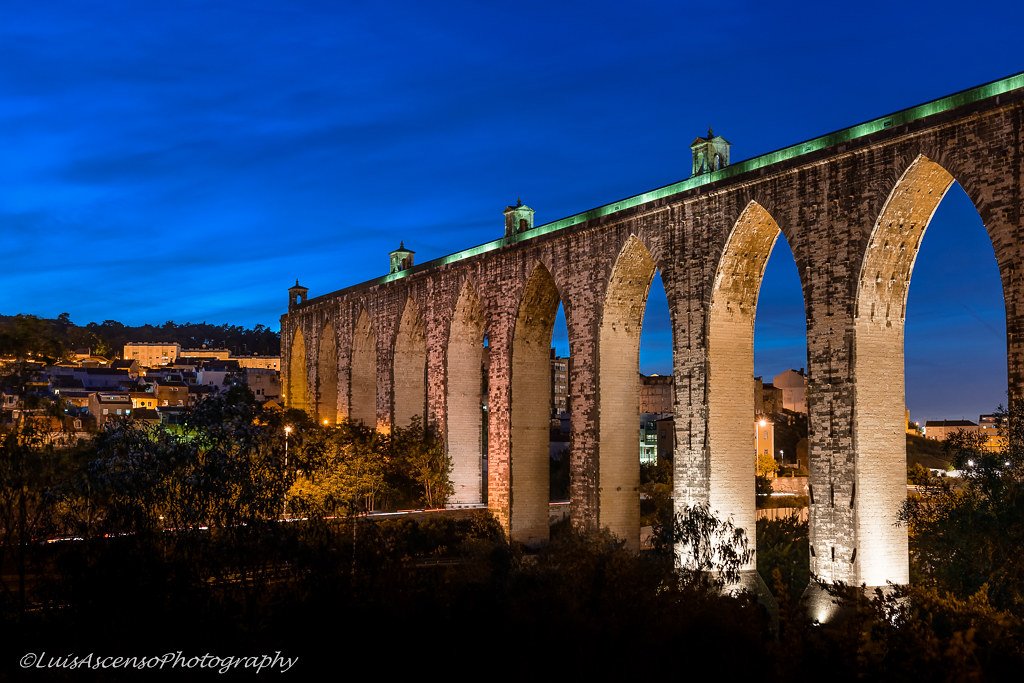
Every marvel needs its caretakers. The aqueduct’s keepers—known as aguadeiros—were responsible for maintaining the tunnels, clearing blockages, and monitoring leaks. Their work was both perilous and essential. Armed with lanterns and a keen sense of hearing, they navigated the maze of passages, listening for the telltale drip that signaled a crack or breach. These unsung heroes kept Lisbon’s lifeblood flowing, often risking their lives to ensure the city never ran dry.
Water and Power: Shaping Social Life
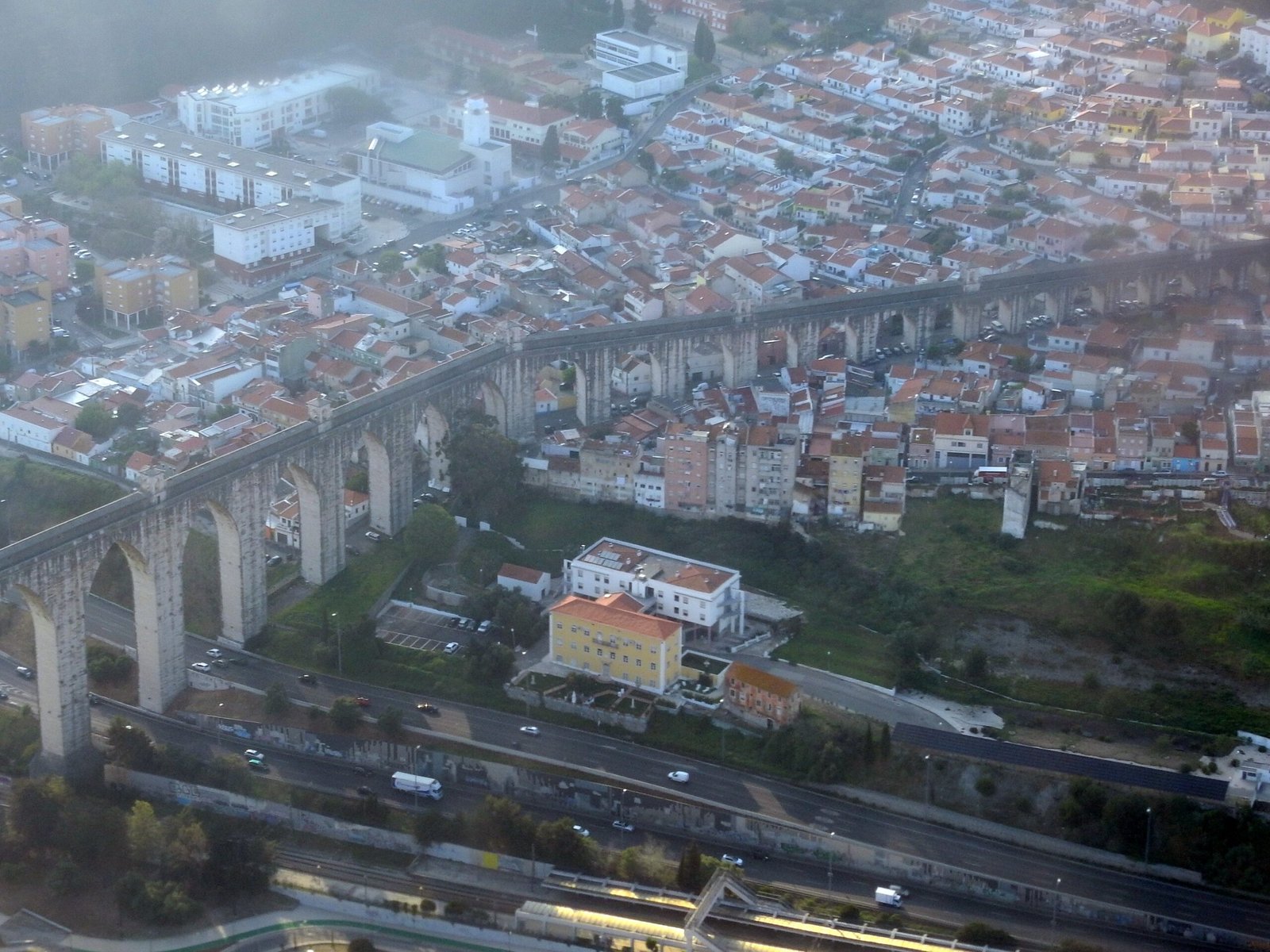
Access to water changed the social fabric of Lisbon. Public fountains became gathering places where gossip flowed as freely as the water itself. The city’s grand washhouses buzzed with activity, serving as informal meeting spots for women to share news and stories. Even political power was tied to water; those who controlled the flow could win the loyalty—or wrath—of the people. In many ways, the aqueducts did more than quench thirst—they shaped the rhythms and rituals of daily life in Lisbon.
Hidden Artistry: The Beauty in Utility
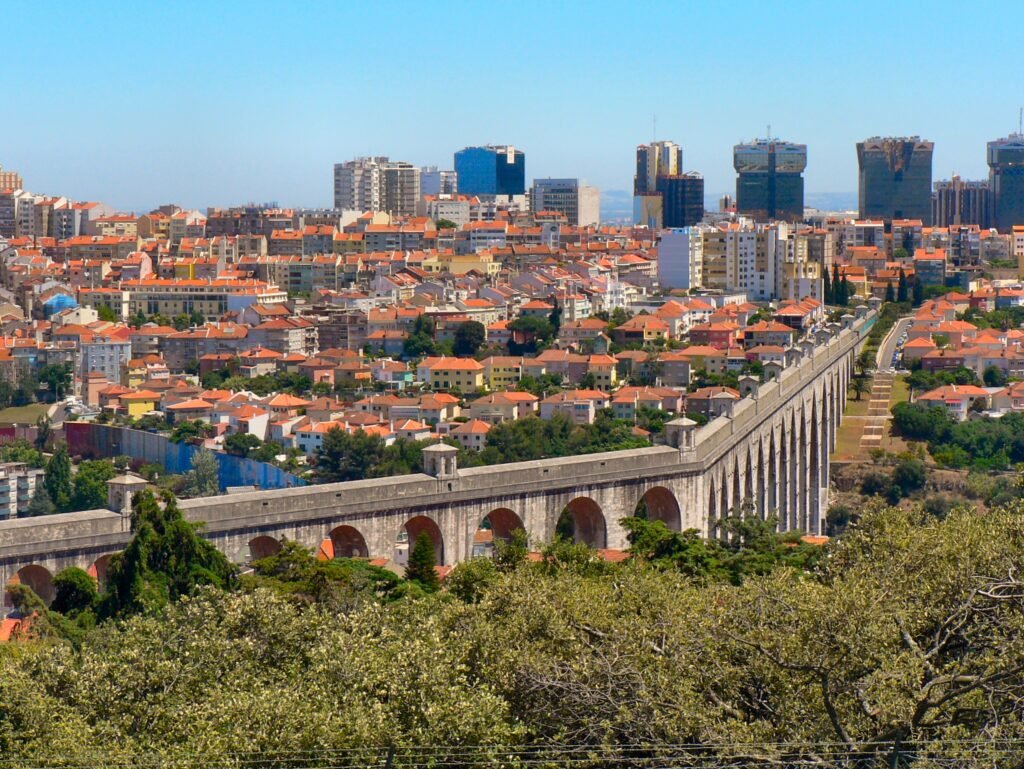
The aqueduct’s tunnels and reservoirs were not just functional—they were beautiful. Craftsmen decorated some cisterns with intricate tiles and carved stones, turning them into underground cathedrals. Light filtering through vents created shimmering reflections on the water’s surface, casting a quiet, almost sacred glow. It’s a reminder that even the most utilitarian structures can be works of art, blending science and creativity in ways that still inspire awe today.
Echoes of Empire: Surviving Dynastic Change
Lisbon’s aqueducts have quietly witnessed the rise and fall of empires. From the days of the Portuguese kings to the chaos of Napoleonic invasions and the turbulence of the 20th century, the aqueduct has endured. Each new regime brought its own priorities, but the need for water remained constant. The tunnels, arches, and cisterns outlasted palaces and parliaments, a silent testament to the enduring power of necessity over politics.
Modern Rediscovery: Exploring the Underground Today
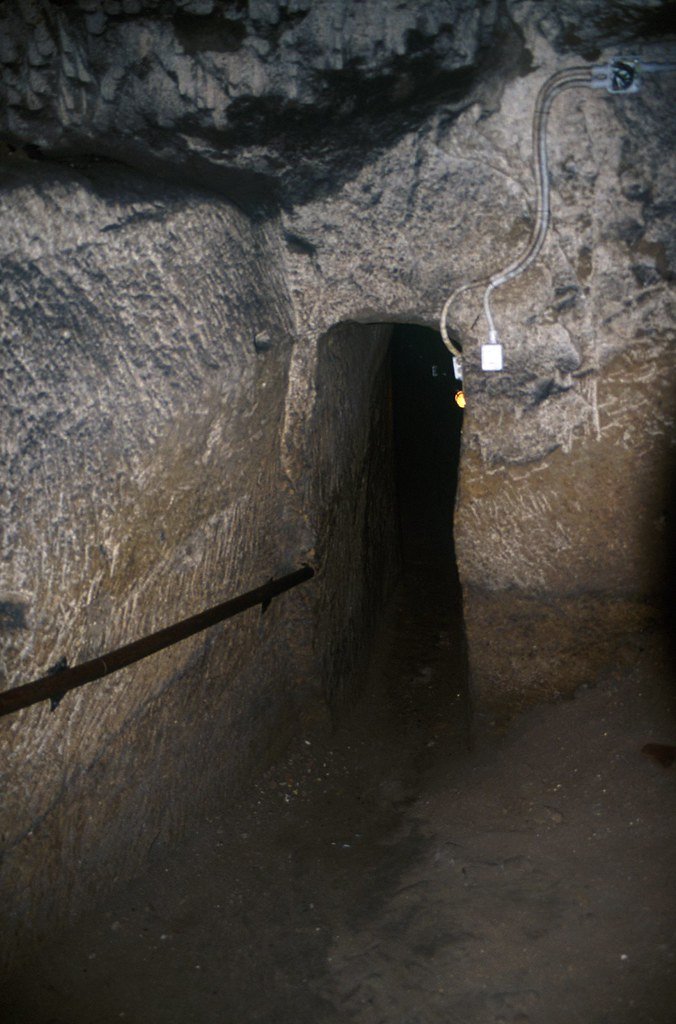
In recent years, Lisbon’s underground world has captured the imagination of a new generation. Guided tours now offer curious visitors a glimpse into the aqueduct’s dark corridors and echoing chambers. Urban explorers swap stories of hidden entrances and forgotten passageways. For many, it’s a chance to connect with a piece of living history, to experience firsthand the ingenuity and courage of those who built the city’s hidden veins.
Challenges of Preservation

Preserving the aqueducts is a race against time. Shifting soil, pollution, and the pressures of modern development threaten to erase centuries of history. Conservationists and engineers work tirelessly to stabilize crumbling arches and reinforce weakened tunnels. Balancing the need for preservation with the demands of a growing city is no easy task. Every restoration is a battle, and every saved stone is a victory for Lisbon’s heritage.
Scientific Insights: Lessons from the Past
The aqueduct isn’t just a relic—it’s a living laboratory. Scientists study its construction methods to learn about ancient engineering and materials science. The tunnels provide clues about Lisbon’s geology, climate history, and even seismic activity. Modern engineers draw inspiration from the aqueduct’s resilience, applying its principles to today’s infrastructure challenges. The past, it turns out, has much to teach the present.
Nature’s Role: Working with the Landscape
One of the aqueduct’s greatest strengths was its harmony with nature. Builders carefully mapped the terrain, avoiding fault lines and following the contours of the land. Springs were tapped with minimal disruption, preserving the delicate balance of local ecosystems. The aqueduct stands as a reminder that the best engineering often works with, not against, the natural world—a lesson as urgent today as it was centuries ago.
Legends and Lore: Myths Beneath the Streets

Lisbon’s underground aqueducts have inspired countless legends. Some speak of secret treasures hidden in the tunnels, while others tell tales of ghosts and mysterious disappearances. These stories reflect the awe and mystery that still surround the aqueduct, blurring the line between fact and folklore. Walking through the dimly lit passages, it’s easy to believe that anything could be lurking just out of sight—a lost artifact, a forgotten map, or perhaps the echo of a bygone era.
Personal Reflections: Walking the Hidden Paths

Exploring Lisbon’s aqueducts is like stepping into another world. The cool air, the echo of your own steps, and the faint smell of ancient stone create an atmosphere unlike anywhere else. It’s a humbling experience, one that stirs the imagination and sparks a sense of wonder. Every time I descend into those tunnels, I’m reminded that greatness often lies where we least expect it—not in the monuments we build to be seen, but in the quiet miracles we build to survive.
A Legacy Carved in Stone
Lisbon’s subterranean aqueducts have outlived kings, empires, and even the memory of those who built them. They are a reminder that the strongest legacies are often the most essential ones—those that sustain life, bind us together, and carry us through the darkness. As the city grows and changes, the aqueduct remains, a silent guardian beneath the streets, patiently waiting for curious minds to discover its secrets all over again.



